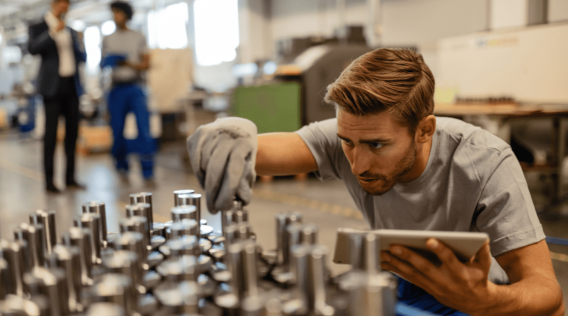Die casting is a widely used manufacturing process in which molten metal is injected into a mold cavity under high pressure. This process produces intricate and complex parts with high accuracy and repeatability. One crucial aspect of die casting is tooling, which refers to the molds or dies used to create the desired shape and form of the final product. In this article, we will delve into the world of die cast tooling and explore its various aspects.
Die cast tooling is an essential component of the die casting process, as it determines the quality and precision of the final product. The tooling consists of two main parts: the cover die (also known as the stationary die) and the ejector die (also known as the moving die). These dies are typically made from steel and are designed to withstand the high pressures and temperatures involved in the die casting process.
The design and fabrication of die cast tooling require careful consideration and expertise. The tooling must be designed to accommodate the specific requirements of the part being produced, including its size, shape, and features. This involves taking into account factors such as draft angles, fillets, and undercuts to ensure the part can be easily ejected from the mold.
The fabrication of die cast tooling involves several steps. First, a master pattern is created, usually using computer-aided design (CAD) software or by machining a prototype. This pattern is then used to create a mold, which is made from materials such as aluminum or epoxy. The mold is then further refined and polished to achieve the desired surface finish.
Once the mold is complete, it is mounted onto a die casting machine, which consists of two platens that hold the dies together. The molten metal is then injected into the mold cavity through a sprue, runner, and gate system. The high pressure exerted by the machine ensures that the metal fills the mold cavity completely and solidifies rapidly.
The cooling time of the part inside the mold is a critical factor in die cast tooling. Rapid cooling is necessary to prevent defects such as porosity and shrinkage. To facilitate efficient cooling, the tooling may incorporate cooling channels or use external cooling methods such as water or air sprays.
Once the part has solidified, the dies are opened, and the ejector pins push the part out of the mold. The part is then trimmed, cleaned, and inspected for any defects. If necessary, further machining or surface treatment processes may be applied to achieve the desired final finish.

Die-cast tooling offers numerous advantages in the manufacturing industry. It allows for high production rates, excellent dimensional accuracy, and the ability to produce complex geometries. Additionally, die casting allows for the use of a wide range of materials, including aluminum, zinc, and magnesium alloys.
However, like any manufacturing process, die cast tooling also has its limitations. The initial cost of tooling can be high, especially for complex parts. Additionally, the design of the tooling must be carefully optimized to prevent defects and ensure efficient production.
Die-cast tooling plays a vital role in the die casting process, allowing for the production of high-quality and intricate parts. The careful design and fabrication of the tooling are essential to achieve the desired results. While die cast tooling offers numerous advantages, it is crucial to consider its limitations and optimize the process accordingly. As technology continues to advance, die cast tooling is likely to evolve, further enhancing its capabilities and expanding its applications in various industries.
-

- میگنیشیم الائے ڈائی کاسٹنگ پارٹس اور ای بائک کے اجزاء
-

- Thixomolding magnesium parts & components mobile phone middle board
-

- میگنیشیم کھوٹ تھیکسمولڈنگ اجزاء
-

- Magnesium alloy die-casting wheel for ebike
-

- میگنیشیم کھوٹ Thixomolding پاور بیٹر ہاؤسنگ
-

- سائیکل کے لیے میگنیشیم الائے سخت کانٹا - اپنی مرضی کے مطابق ڈائی کاسٹنگ میٹل پارٹس

 0086-750-5616188
0086-750-5616188 +86 13392089688
+86 13392089688 sales@zhongmei-tech.com
sales@zhongmei-tech.com







